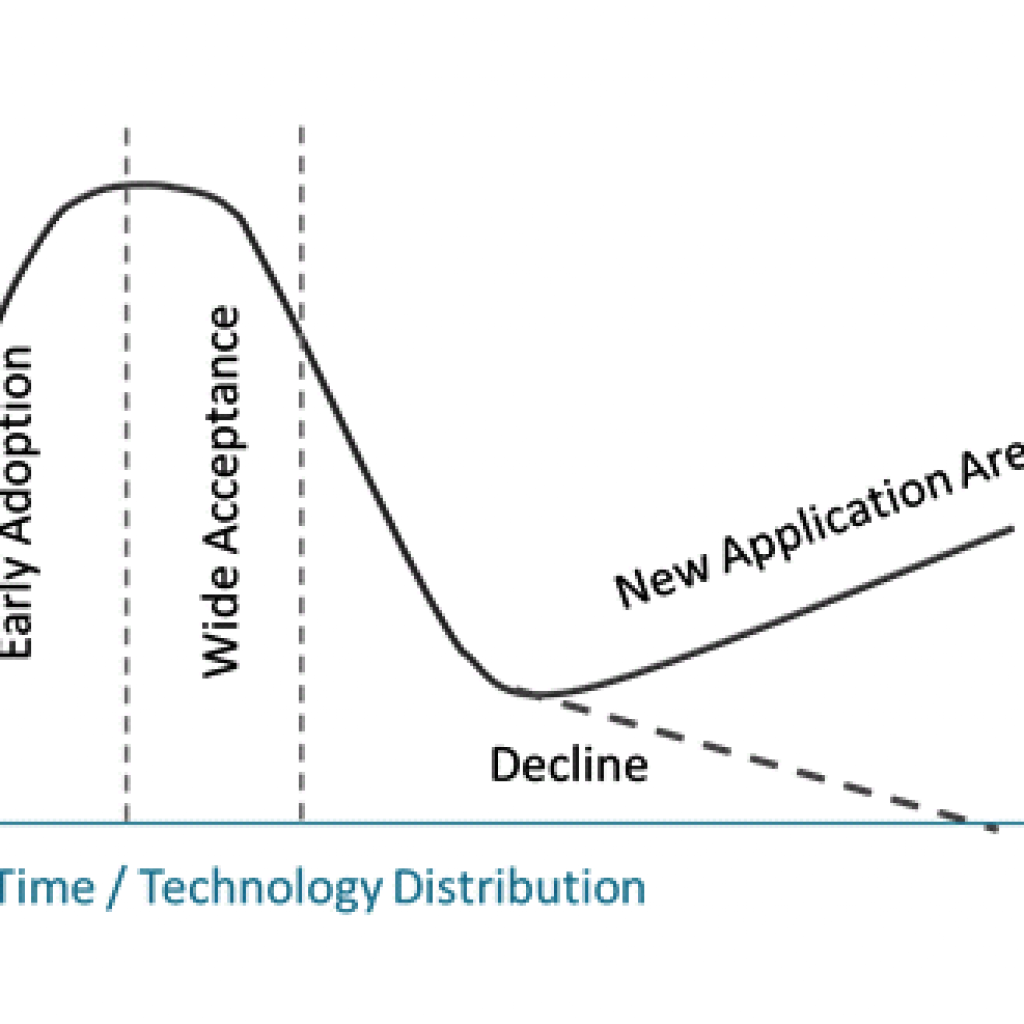Dr. Vopson, an information physicist, said, “If we can start looking at genetic mutations from a deterministic point of view, we can exploit this new physics law to predict mutations — or the probability of mutations — before they take place.”
Why did we find this worth sharing, and what is so remarkable about it? Genetic mutations have always fascinated scientists owing to their sheer random occurrence. Mutations tend to occur at any stage of an organism’s life cycle and vary from organism to organism. However, in his recent research work, Dr. Vopson from the University of Portsmouth claims that the new law could use physics to predict genetic mutations in organisms even before they occur.
This new law — the Second Law of Information Dynamics (Infodynamics) — behaves opposite to the second law of thermodynamics. The second law of thermodynamics states that ‘entropy’ will either increase or stay the same but never decrease. And, if you want to reduce the entropy of a system, you would have to spend some energy. Dr. Vopson initially expected that the same must be true for ‘information entropy’ or ‘Shannon Entropy,’ defined as an average rate at which a stochastic data source produces information.
However, Dr. Vopson and his co-researcher Dr. Lepadatu from the University of Central Lancashire discovered that ‘information entropy’ decreases over time, i.e., precisely the opposite of how the second law of thermodynamics works. Based on this, it was stated that biological DNA or RNA information systems undergo genetic mutations over time driven by a tendency to reduce their overall information entropy.
Time evolution of the number of genetic mutations (bottom graph) and the information entropy (top graph). Reference: Vopson and Lepadatu, 2022
In their research, Dr. Vopson and Dr. Lepadatu utilized COVID-19 (SARS-CoV-2) genomes and found that their information entropy decreased over time, as shown in the above figure. According to Dr. Vopson, a virus is the best example of something that undergoes many mutations in a short space of time. Analyzing a particular genome and telling if the mutation will be beneficial or not is game-changing. He believes the findings would be ground-breaking for genetic therapies, the pharmaceutical industry, evolutionary biology, and pandemic research.
Why would Predicting Mutations be helpful?
Research predicting mutations and their impact has been compelling, specifically for the medical fraternity. In the past decades, extensive research has been done on identifying the effect of different genetic mutations in disease and cancer development. Predicting the occurrence of such mutations will complete the puzzle. This would also help develop preventive treatments.
Further, the ability to predict mutations before their occurrence will also allow researchers to identify genetic mutations that are not known previously. For instance, viruses’ mutations occur frequently; most mutations in the viral genome are responsible for developing drug resistance and the frequent evolution of immune evasion mechanisms in viruses. Therefore, tools and techniques that predict mutations before their occurrence can also help tackle antimicrobial resistance and immune evasion mechanisms.
What is the current status of research in Predicting Mutations and their impacts?
Most of the research has focused on assessing the impact of genetic mutations. However, only a few reports showcase the interest of molecular biologists in designing methods or tools for predicting mutations before they occur in the genome. This could be due to diverse challenges associated with predicting mutations.
First, there are challenges with calculating the probability of the actual occurrence of the mutations in the genome that can be predicted using the genetic mutation prediction methods/tools. For instance, a genetic mutation prediction tool may predict that two mutations ‘α’ and ‘β’ might occur in a viral genome. However, what is difficult to calculate is which of these mutations has a higher probability of occurring, owing to the randomness in which genetic mutations occur.
Next, such tools for forecasting genetic mutations must be validated using a wide range of organisms before being considered suitable for predicting genetic mutations in different organisms. Usually, studies anchored around genetic mutations work with limited sample sizes regarding organisms, demographics, and so on. For instance, even the new research proposing the infodynamics law just utilizes 17 specimens of a single species over a two-year period. Also, the limited sample sizes threaten the credibility and validation of the results obtained.
In addition, if one does not know the impact of the mutations that will probably occur, it is of little use for therapeutic and medical developments. Lastly, the benefit of predicting mutations in advance could only be exploited if one knows their impact–will they have a positive, negative, or neutral effect?
Hence, even for scientists, working on the impact of mutations makes more sense. In recent years, scientists have also focused on developing methods to evaluate the impact of genetic mutations. However, some startups have been investing their research in predicting mutations and developing methods.
- Start-ups like Zymergen Inc. are working on predicting the performance of genetic variations to design new, improved host cells. In one of its patents, US10968445B2, Zymergen claims a computer-implemented method for engineering a host cell with a beneficial combination of genetic alterations by predicting the phenotypic performance of combinations of genetic variations.
- Flatiron Institute devised a unique machine learning framework in 2018 known as ExPecto. It can predict the effects of genetic mutations in the “dark matter” regions of the human genome.
- Flatiron Institute’s Center for Computational Biology (CCB) computed the genetic ramifications of more than 140 million mutations in different tissues. The researchers also used ExPecto to predict the mutations contributing to Crohn’s disease, chronic HBV infection, and Behçet’s disease.
The above image shows ExPecto results for the expression of immunity-related GTPase family M (IRGM), a gene involved in the immune response associated with Crohn’s disease, ulcerative colitis, and general inflammatory bowel disease. A subset of possible mutations is listed horizontally, while tissue systems are listed vertically. Red indicates mutations that, according to ExPecto, will lead to an increase in the expression of IRGM in a given system, while blue represents an expected decrease in the expression.
Presently, many tools are used widely to study the impact of genetic mutations on protein structure, protein stability, and disease development. For example, SIFT is a tool to predict the effect of an amino acid substitution caused due to a mutation on protein function based on sequence homology and the physical properties of amino acids. In addition, tools like DUET, INPS-3D, MAESTROweb, and DynaMut are used to predict the effect of mutations on protein stability.
Certain tools have also been developed to identify if a genetic mutation will lead to disease. Such tools include Pmut, a software aimed at annotating and predicting pathological mutations; Mutation Taster, which helps evaluate the disease-causing potential of sequence alterations; and Hansa, a tool to predict the harmful effects of a mutation with the help of 10 Neutral-Disease Mis-Sense Mutation Discriminatory (NDMSMD) features. This tool classifies the mutation as “DISEASE” or “NEUTRAL.”
The research is nascent before one can substantiate if the second law of infodynamics works, the research in genetic mutation continues. This also allows companies to become flagbearers with the right market research. GreyB can help you unravel it all, and all you need to do is –
Authors: Sapna Jain and Nidhi Balodi, Analytics Team.










